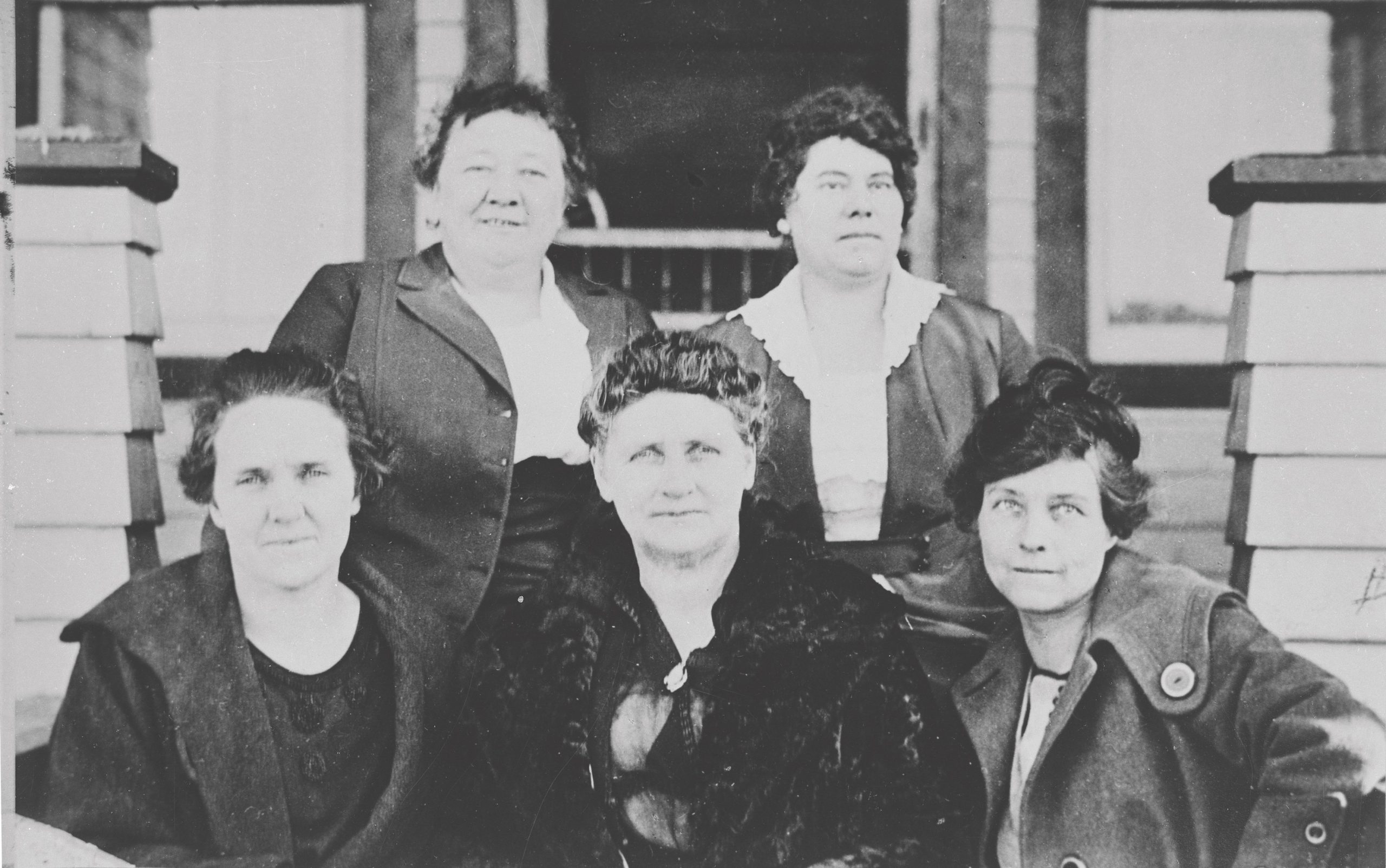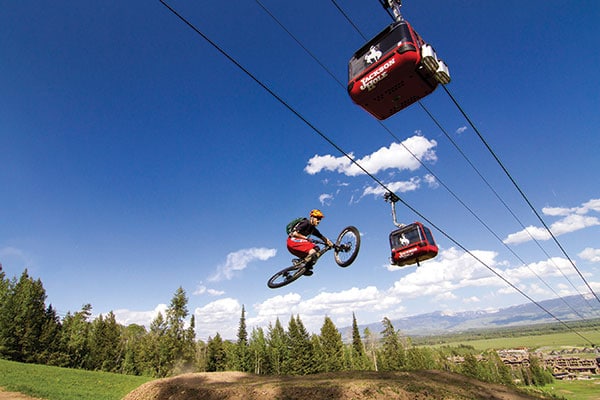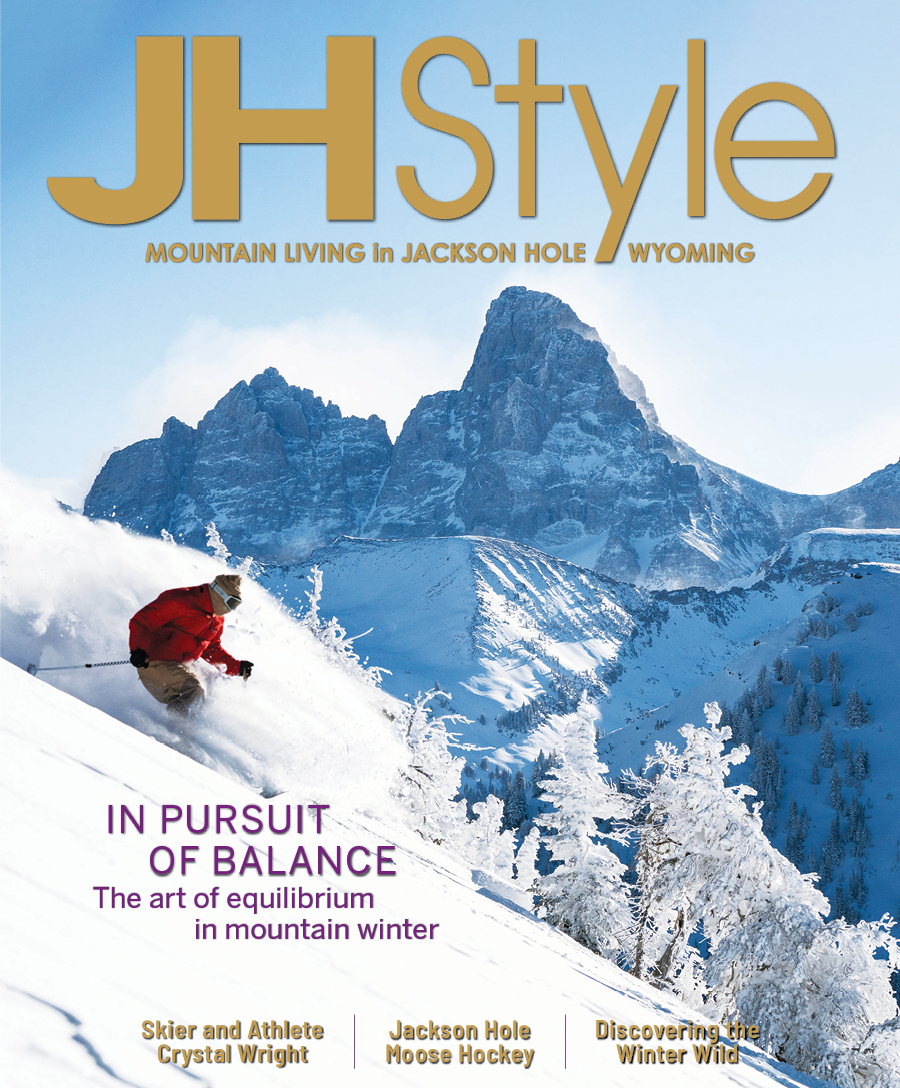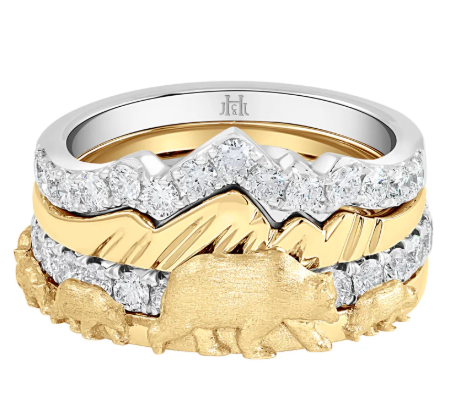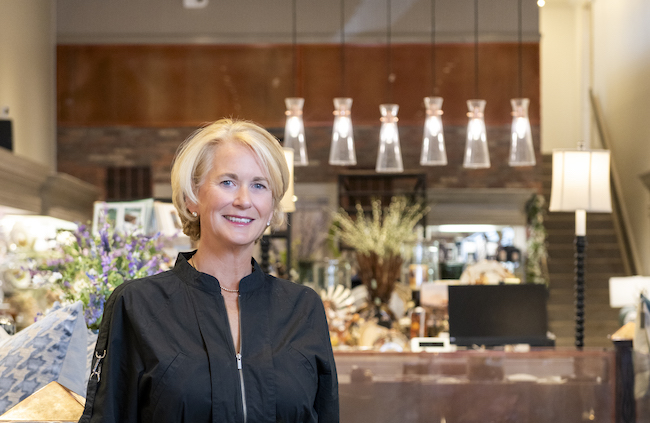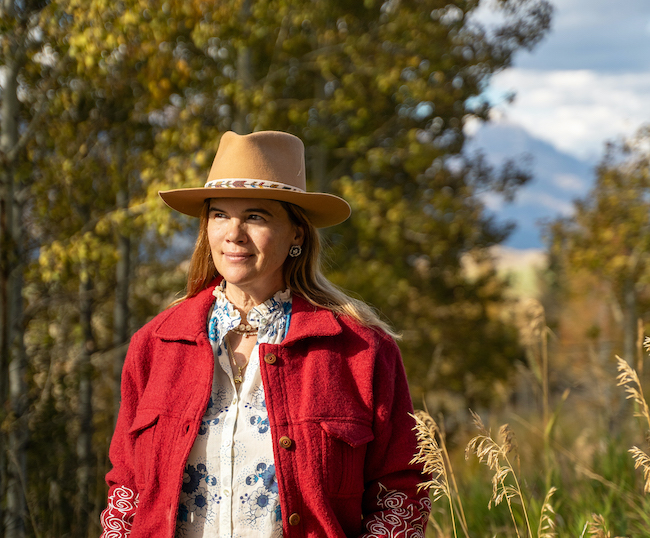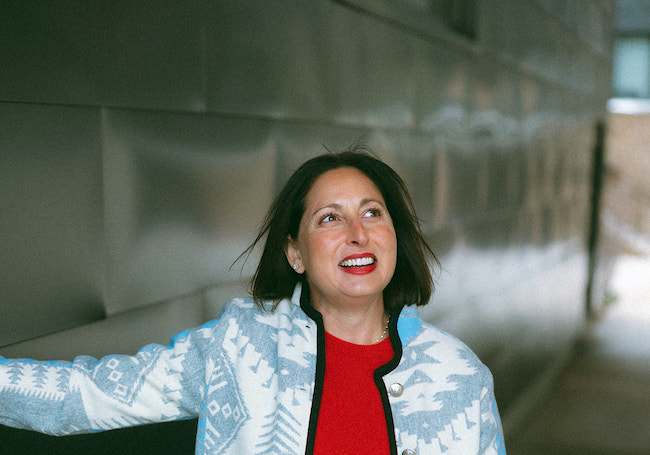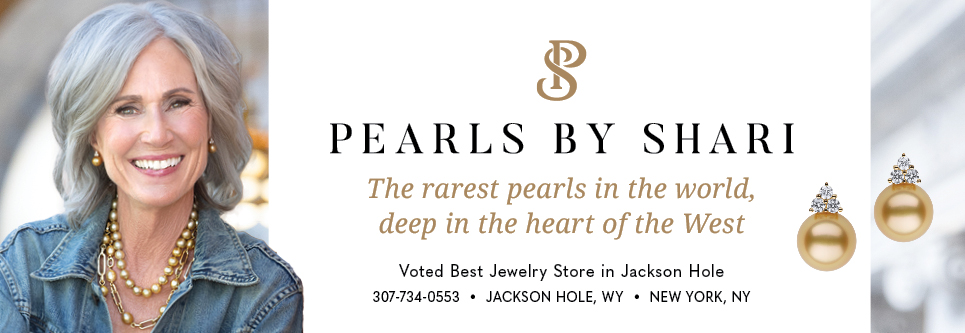Abstract Memories
19 Aug 2019
Gibson's Paintings Reflect the Passasge of Time on a Landscape
Summer 2019
Written By: Kelsey Dayton | Images: Madison Webb
Pamela Gibson measures time in the changing of the sky. In winter, she watches pinks shine through gray clouds. In spring and summer, the sky turns cerulean blue and seems to go on forever. And in fall, the blue of the sky is juxtaposed against the oranges and yellows of trees’ turning leaves.
These colors and the passage of time they represent inspire Gibson’s encaustic landscape painting. Encaustic painting involves using layers of
hot colored wax to play with light and reflect color.
“At the core of everything I do is time,” Gibson says. “It’s the most precious thing we have, and it’s finite.”
Gibson didn’t grow up as an artist. It wasn’t until she was an adult that she started taking weaving and drawing classes. When she turned 40, she enrolled in the Oregon College of Art and Craft and earned her bachelor’s of fine arts degree. She was a tapestry weaver until she moved to Jackson
in 2010 from Portland, Oregon.
“The light here just completely changed how I wanted to approach my work,” she says. “In Portland, the colors are very saturated and the light is absorbed. Here, the light is reflected. It’s more spacious. There’s more sky.”
Jackson also changed her style. Her work became more abstract.
“I’ve always found my inspiration in nature,” she says. “But my work before I got to Jackson was more micro-oriented, whereas here it is more macro. It’s about the whole landscape. I’m not doing leaves and berries. I’m doing sky and land.”



Gibson’s work begins with photographs. She takes pictures wherever she goes, using the images as reminders of what she’s seen. In the studio, she sifts through dozens of images and finds one that speaks to her. It often aligns with an idea, poem, song, or piece of writing. “There is both a visual and intellectual side to my work,” she says.
Then she starts painting. Encaustic painting involves layering hot wax. Gibson heats wax on a griddle and then paints a layer and scrapes pieces back. Larger pieces might have 40 layers. The layers are thin and fuse to one another, but if you look at one of Gibson’s paintings from the side you can see up to a quarter of an inch of paint on the board.
When she’s done, the painting looks nothing like the original photograph.
“I’m not out to recreate what I’m seeing,” she says. “I’m out, through my process, to say what it made me feel.”
Her work shows locally at Turner Fine Art. She has also created a large piece comprised of 60 6-inch-square paintings that hangs above the admissions desk in St. John’s Medical Center. The piece, called “Our Valley,” is displayed in a way where the viewer can follow the changing seasons depicted in each painting, which offers a tiny peek into the way Gibson sees the world.

